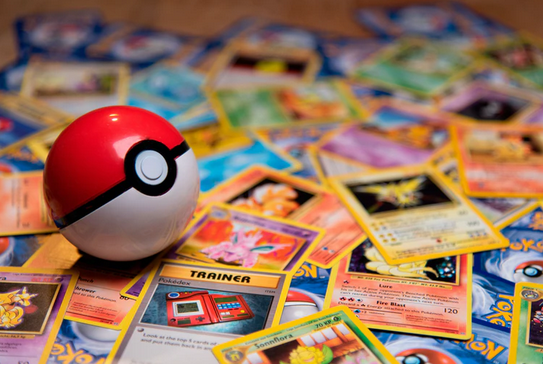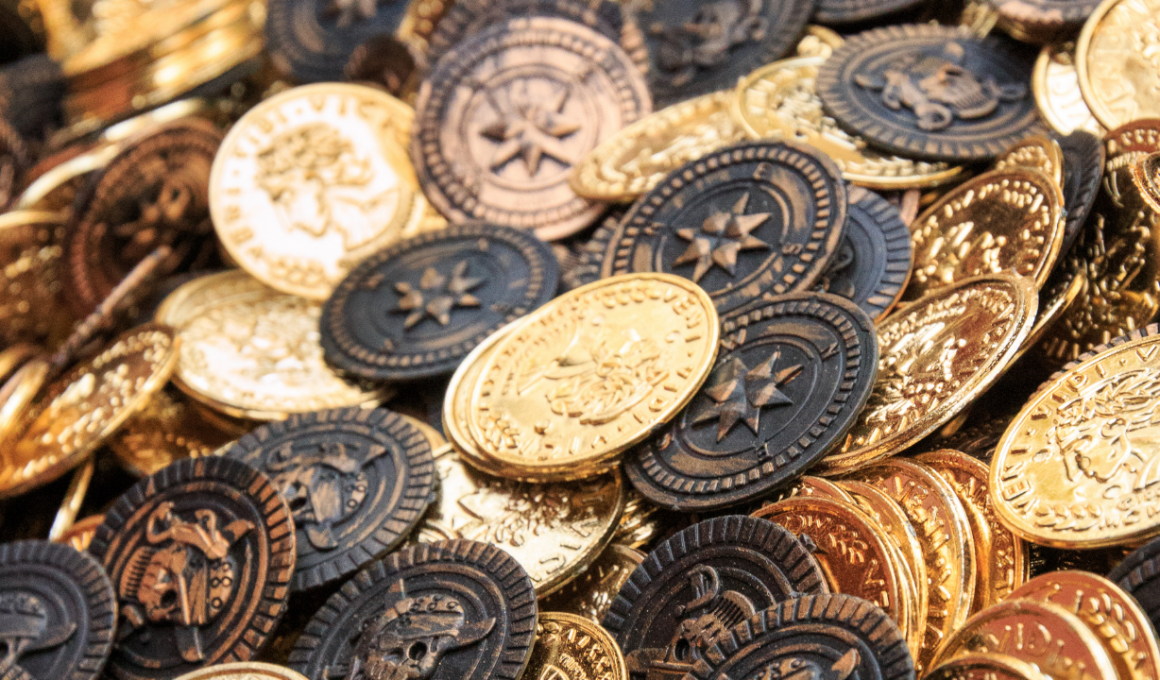Many people are aware of Bitcoin, but few know about the technology behind it: distributed ledger technology, also known as blockchain. What you should know is that this technology drives not only Bitcoin but thousands of other coins and tokens. To understand what token NFT means, it is important to explain what a token is.
Principally, blockchain serves the financial sphere as a platform on which data is stored in a way that it cannot be altered. Furthermore, it ensures that no financial transaction is sent arbitrarily without the consent of the participants of the network. Furthermore, all nodes (participants) that contribute to the network (blockchain) have the full node. This ensures that all transactions are authentic so that no one cheats on the network.
The blockchain technology behind Bitcoin and other cryptocurrencies can be compared to the variety of games in a casino, where each game has its own rules and features. Casino is a comprehensive online betting platform that offers a wide range of betting options, generous bonuses and promotions, and excellent customer support. Players can enjoy an incredible experience by registering with ice casino. However, it is always important to play responsibly and read the terms and conditions before you start playing.
Many view Bitcoin as money because it has the characteristics of money. It also functions as money. Likewise, there are several other coins that function as a means of exchange but there are other assets that are built on blockchain that are not basically meant to be used as money.
These are called tokens because they serve a specific purpose within an ecosystem. Also, the term was initiated from initial coin offerings (ICOs) that involved crowdsales, but these tokens could have more functions outside the ecosystem where they were created. Crypto tokens mainly represent something such as an asset or an item that people desire to have. However, a token must be resident on a blockchain.
When A Token is Fungible

An asset or a value built on a blockchain can be classified as either a fungible or a non fungible token. This depends on the features that such tokens have. If one unit of the token is exactly like another unit, the token is fungible. In other words, a person can exchange one unit of that token for another. IT is just the way you can exchange one dollar bill for another because they are exactly the same.
However, there are tokens that are created to be very unique so that one token is very different from another. Such tokens obviously cannot be exchanged for another in the same class, even if they were minted on the same blockchain. This type of token is referred to as non fungible token because each is unique and so not like any other token in the ecosystem or on the blockchain.
Ethereum is fungible because one ether can be exchanged for another ether. The exchanged eth has equal value and function as the one it was exchanged with. Many other coins such as ADA and TRX are also fungible because one is similar to another and so exchangeable.
We cannot say the same for the non fungible tokens since each token is unique. Tokens whether fungible or non fungible can be used to store value, kept as an investment instrument, bought and sold in a primary or secondary market such as exchanges.
Transactions within specific ecosystems are facilitated by tokens which the holders within the community use in paying for values offered by the platform.
What is A Token NFT?
You may be aware that virtually anything of value can be placed on blockchain through a process known as tokenization. Crypto tokens can also be built to represent something valuable in the real world such as a work of art, a title, deed or certificate.
In fact, anything of value can be assigned a cryptographic code and the data encrypted on the blockchain. If this is done, such data cannot be altered and that unique token created is non fungible. Non fungible tokens are created with uniqueness in mind.
The essence is to make sure that a collector or owner of that token owns a valuable piece that no other collector owns. Neither can another person lay claims to it. NFT tokens are in reality digital items built on the blockchain to represent ownership of values or valuables that may exist in the real world.
These NFTs are created and preserved on the blockchain in a way that maintains its uniqueness. There are no two NFT tokens that are exactly the same. The desirability of NFTs is based on the fact that they bear similar properties with the real-world assets that they represent. These include scarcity, peculiarity and the fact that the owner can prove that the asset belongs to them through a cryptographic key that only they can unlock.
Another peculiarity of NFT tokens is that ownership can only belong to one entity at a particular time. No two individuals can lay claim to a non fungible token asset. All these have been made possible through proof of ownership concepts that work in agreement with cryptography and the blockchain technology.
How Do NFTs Work?
To understand how NFTs work, we have to know their common properties. These include:
- Unique Identification: Each NFT token is created on the blockchain with a unique identifier. This makes it peculiar and easily distinguishable from another token of similar type, even if they’re of the same kind.
- Even if two tokens are of the same kind, they’re not interchangeable since they are created never to be exactly the same. The implication of this is that one NFT token is not exactly the same as another. And so cannot be interchangeable as of equal value as applicable to fungible tokens such as BTC or ETH. One unit of an NFT does not equal one unit of another NFT token.
- No token is without an owner. The unique identifier or signature of each token NFT ensures that the owner can easily prove ownership of their asset. The same applied to the creator of the token. This makes it possible to preserve the intellectual property in a way that creators can continually earn royalties on their NFTs.
- The scarcity of a token NFT is determined by its tokenomics. This in turn is set by the creator of the asset.
- NFTs can be sold in the peer-to-peer market. This could be a primary or secondary market. This helps to ensure that the creator is not compelled to limit the use of their token to one platform.
Every NFT minted on a blockchain must be confirmed by the network through a consensus. This means that all the nodes must validate the existence of the asset. It must be “engraved” on the network (blockchain). When this is done, the details and properties of the item cannot be altered.
The network also recognizes the owner making it impossible for another entity to take over ownership unless the proof of ownership is transferred to them by the original owner via the blockchain.
What Use Cases Are Available for NFTs
As a developing concept, NFTs have been applied in areas such as physical products such as arts. Other use cases that are common at the moment are gaming, investments such as real estate, domain names and digital items. The idea of creating a unique asset that a collector owns exclusively is applied in all these cases.
The creator of the NFT determines how scarce they would be. If the asset is rare, the cost of acquisition would be higher. It is important to note at this time that a rare asset may not necessarily be representative of a physical item even though they mostly do. Any item that people want to own can be tokenized as an NFT. For example, an autograph of a celebrity can be made into an NFT and auctioned like a physical autograph.
NFTs in Gaming
NFTs are very popular among developers. In fact, the gaming use case is instrumental in making non fungible tokens a mainstream phenomenon. There are hundreds of games that the player needs to own a coin or token to play.
Non fungible tokens work well for such platforms because the player has more options such as selling or keeping their NFTs. The asset could be kept if the player is a collector or could be sold even for profit after the game.
The developers of such games have more ways of monetizing by earning royalties from the NFTs as well as making profit through other revenue sources as non NFT gaming platforms do.
Ownership of gaming tokens and the ability to use them as the player deems fit makes NFT-based games the ideal for players and game creators. The implication is that these items do not belong to the developers any longer after the player gains ownership of them.
For instance, a NFT casino could give the players the option to own valuable poker cards after the game. Ownership is transferred via the blockchain and the player can prove exclusive ownership via the blockchain.
It gets even more interesting for the player because having ownership of NFTs collected in-game implies that these can be stored and sold even years after the game was played. Let’s assume that version of the game is no longer viable, having an NFT associated with the game that was in use 10 years previously could fetch a lot of money for the owner in a collectors market since they’re selling a vintage item.
In Domains
The concept of NFT promotes uniqueness. It is also applied in domain registry to make it easier for wallet owners to own personal domains that are easy to remember instead of the conventional wallet addresses. No one has the ability to remember a string of numbers and alphabets used in conventional wallet addresses.
With a domain name service such as the Ethereum Name Service. The not-easy-to-remember ethereum address 0x….can be replaced with a NFT version such as myethaddress.eth which is easy to remember. The owner of the domain name can resell it in the NFT market in future and recoup their investment. If the name is an in-demand premium, they can even earn much more.
Which Are Some NFT Tokens Examples?
Having understood what this class of tokens are, let us give some examples of NFT tokens. In 2017, CryptoKitties was launched as a non fungible token on the Ethereum network. The project made news because it generated a lot of transactions within minutes of its launch that the Ethereum network was clogged for days. This is an example of how some NFT platforms are.
Other popular NFTs seen on Coinmarketcap are Axie Infinity with collection net worth of $940 million. Bored Ape Yacht Club has a collection net worth of $114 million. World of Women, $14 million, NBA Top Shot, $446 million while Cool Cats has a collection net worth of $16 million. Zed Run, Animetas and Bastard Gan Punks are other top selling NFTs that you may want to take a closer look at or even invest in.
NFT-Backed Loans in DeFi
Decentralized finance (DeFi) has gained attention in recent times. Some lending businesses are beginning to offer loans that are backed by NFTs instead of normal cryptocurrency coins. This means that holders of these non fungible tokens can use them as collateral to acquire loans. This makes it possible for anyone that has valuable NTFs to use them to access loans when they have financial needs.
How Do I Get NFT Tokens?
There are several marketplace platforms that are dedicated to NFTs. Some of the top ones are OpenSea, AtomicMarket, SuperRare, Foundation, Myth Market, Enjin Marketplace and others. You can check any of the platforms and choose a NFT depending on your interest.
Token NFTs are worth collecting mainly because they make the collector the owner of an original piece of item that could be worth a lot, depending on the type of item and their rarity.



